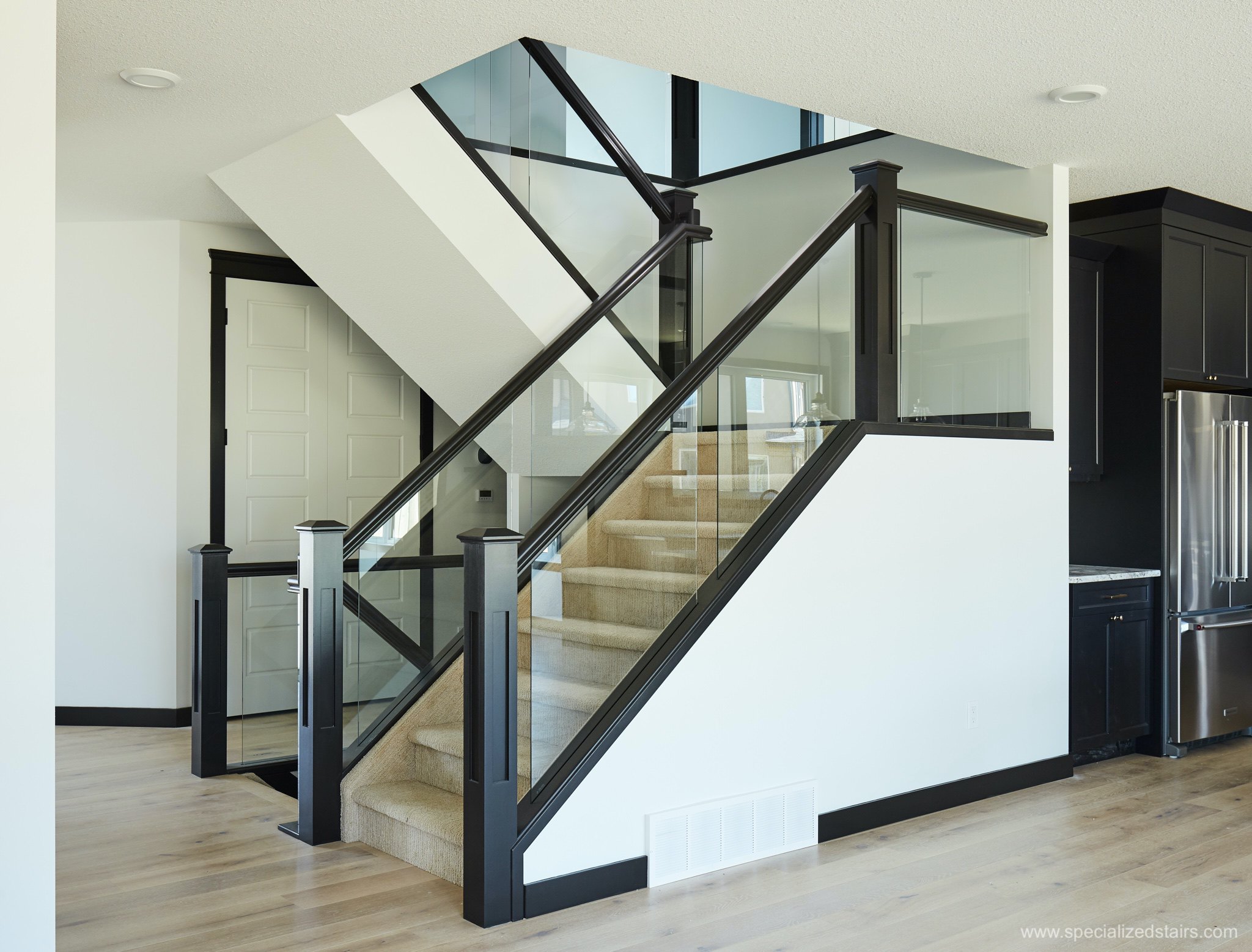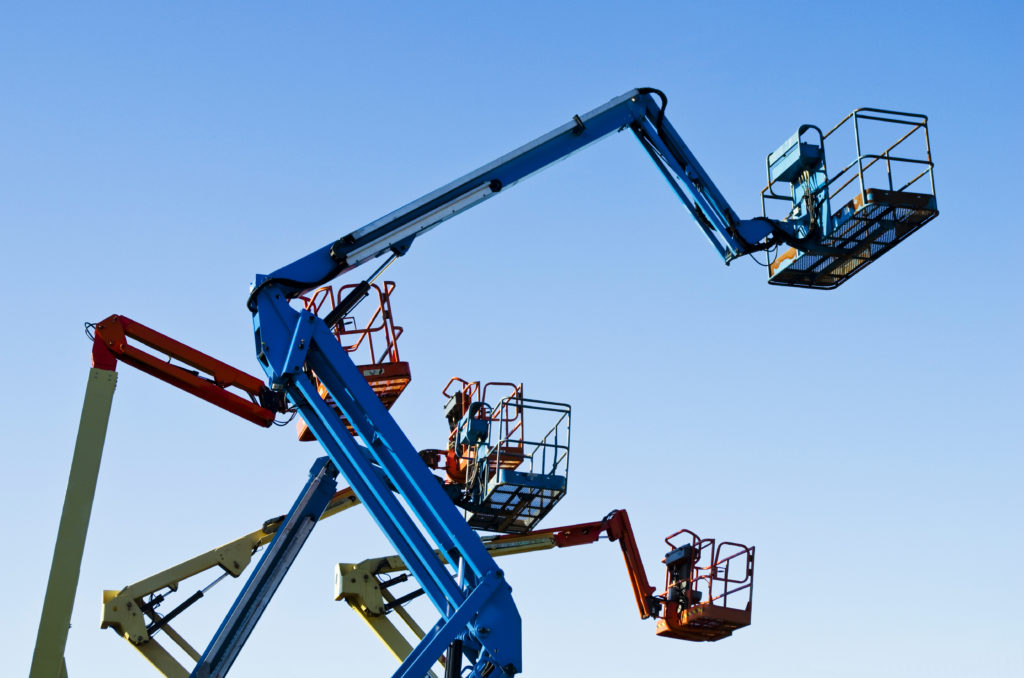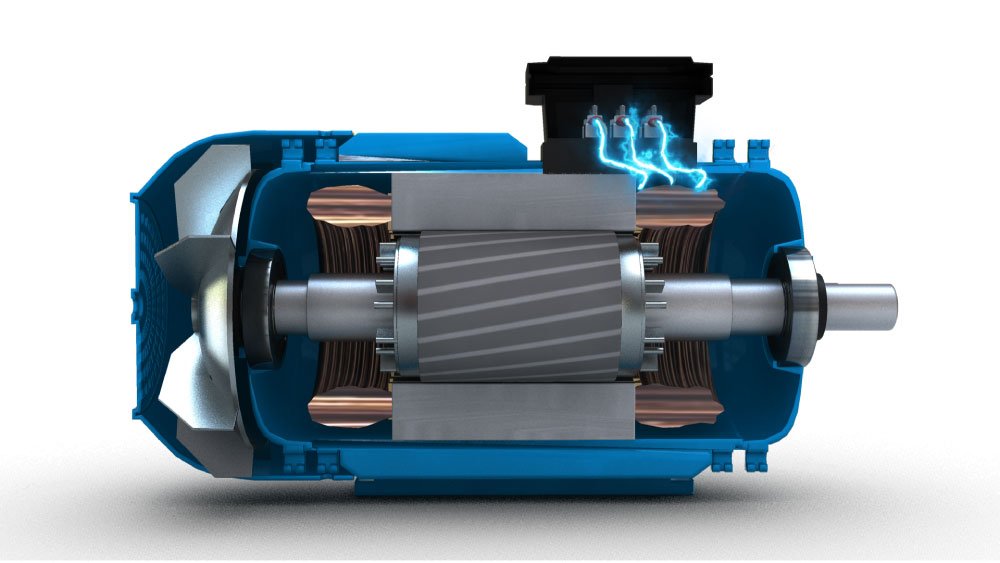Top 6 Companies in Global Heat Pump MarketÂ
Global Heat Pump Market is anticipated to cross USD 150 Billion by 2029, increasing from USD 88.57 Billion in 2023.

The railing market serves a crucial function across numerous sectors, especially in construction, infrastructure, and transportation, guaranteeing safety, beauty, and functionality. Railings, utilized for boundaries, safety barriers, staircases, balconies, and other applications, have progressed beyond their conventional roles, becoming a vital component of urban growth. In the present day, railings are not only essential for preventing falls or accidents but also act as design features that enhance the overall architectural attractiveness of a building. In the contemporary world, the railing market has become increasingly significant due to rising urbanization and the heightened demand for safe, modern, and visually appealing infrastructure. Whether in residential, commercial, or public environments, railings are fundamental to safety regulations and codes, making their development, installation, and design more important than ever. The surge in construction activities, notably in emerging markets, combined with advancements in construction materials, has fueled the demand for innovative railing options. Current trends in the railing market involve a growing inclination towards eco-friendly materials, such as recycled metals and composites, alongside a movement towards customizable and modular railing systems. The increasing focus on sustainability and energy efficiency is prompting manufacturers to use materials that minimize environmental impact. Furthermore, there is a rising demand for railings featuring sleek designs that incorporate glass, stainless steel, and aluminum in upscale residential and commercial areas. Automation and smart railings are also surfacing as new trends, with railings integrated with lighting, sensors, and even security technologies. As cities and infrastructure continue to develop, the importance of the railing market will persist in growing, ensuring safety while mirroring modern design trends.
One of the most prominent trends observables in the railing market currently is the rising popularity of glass railings, particularly in contemporary residential and commercial structures. Glass railings offer a streamlined, minimalist look that enhances modern designs while providing improved safety and clear views. This trend corresponds with the wider movement toward open, spacious environments and a preference for transparent or semi-transparent materials that maximize natural light and visibility. Glass railings are preferred due to their sleek lines and capability to integrate effortlessly into a variety of design aesthetics, making them appropriate for numerous applications, ranging from staircases to balconies. Moreover, glass is a highly customizable medium, permitting architects and designers to include distinctive elements like tinted glass, frosted textures, or frameless constructions, giving clients a wider range of options. Safety is another key factor promoting the use of glass railings. Although glass is frequently seen as delicate, contemporary tempered glass utilized in railings is exceptionally sturdy, rendering it a safe and sensible option for busy areas. Advances such as laminated glass or reinforced glass further improve its durability, ensuring compliance with safety regulations while maintaining its visual charm. As per a report from *Research and Markets*, the worldwide glass railing market is projected to expand at a compound annual growth rate (CAGR) of 7. 1% from 2021 to 2028, fueled by the growing need for architectural transparency and the appeal of modern designs.
The rise of glass railings is considerably transforming the railing sector by increasing the demand for more innovative, high-quality materials and advanced manufacturing processes. Glass railings necessitate specialized production techniques, such as tempered or laminated glass, which are stronger and more durable than conventional materials. This has prompted manufacturers to invest in modern technology, enhancing their abilities to create safe and visually attractive glass railings that comply with strict safety regulations. For consumers, the transition to glass railings brings multiple benefits. The sleek, contemporary design improves the aesthetic appeal of their environments while also offering unobstructed views, making it perfect for properties with beautiful landscapes. Glass railings are also seen as low-maintenance since they only need periodic cleaning to uphold clarity, a significant selling point for homeowners and businesses seeking long-term value. Manufacturers gain from this trend by accessing a growing market segment that seeks innovative and premium products. However, the intricacies of production and the expenses linked to creating tempered or laminated glass may necessitate considerable investment in manufacturing facilities, presenting difficulties for some smaller companies. Retailers are experiencing heightened demand for glass railings, but they encounter challenges in informing customers about the various types of glass, safety features, and installation methods. As the popularity of glass railings rises, retailers must broaden their product lines and offer expert guidance to address this increasing consumer interest. A significant challenge is the higher price of glass railings when compared to traditional metal or wood alternatives, which makes them less accessible to cost-sensitive consumers.
Stainless steel railings represent one of the foremost product types in the worldwide railing market, attributed to their durability, strength, visual appeal, and corrosion resistance. Stainless steel is especially favored for both residential and commercial installations because of its design versatility, ease of upkeep, and enduring nature. Stainless steel railings are frequently utilized in staircases, balconies, decks, and even serve as safety barriers in public areas. The resistance of stainless steel to rust, corrosion, and extreme weather conditions renders it perfect for both indoor and outdoor uses. This durability minimizes the necessity for regular repairs or replacements, providing long-term value for customers. The low upkeep requirement is also attractive to both residential property owners and commercial builders. Stainless steel railings offer a sleek, contemporary appearance that complements a diverse array of architectural designs. The material's capacity to blend with glass, wood, and other substances encourages bespoke, modern designs, boosting demand in upscale residences and commercial properties. Being 100% recyclable, stainless steel is an environmentally friendly option amidst the rising trend toward sustainable building materials. The growing emphasis on green construction methods and sustainability is generating opportunities for stainless steel railings in both residential and commercial areas. With rapid urban growth and infrastructure advancements in developing economies, there is an upswing in the need for high-quality and robust construction materials, including stainless steel railings. This poses substantial opportunities for manufacturers to broaden their reach in emerging markets. As consumers and businesses pursue products that are stronger, more visually appealing, and environmentally conscious, stainless-steel railings are well-positioned for sustained growth within the railing market.
The outlook for stainless steel railings appears bright, fueled by ongoing urbanization, increasing demand for eco-friendly construction materials, and a heightened focus on both aesthetic and functional designs. As the building and real estate industries grow, especially in developing markets, stainless steel will continue to be a preferred material because of its strength, low upkeep, and contemporary attractiveness. This trend is projected to surge as architectural concepts become more innovative, with clients placing greater importance on visual appeal and performance. With technology being integrated into construction materials, there is a growing trend for smart railings featuring sensors. Such railings have the capability to assess structural integrity, identify damage, or even include lighting components. This advancement boosts both safety and functionality. Improvements in manufacturing technology will provide enhanced customization possibilities for stainless steel railings. Modular designs that facilitate straightforward installation and adaptability to diverse architectural styles will address consumer demand for tailored products. The movement towards eco-friendly materials is ongoing, and the recyclability of stainless steel makes it well-suited for green building certifications. Furthermore, environmentally-friendly production techniques and energy-saving processes will increasingly be adopted in the production of stainless-steel railings. Companies can invest in cutting-edge technologies such as 3D printing and automation to enhance manufacturing processes and fulfill customization needs. Moreover, highlighting the sustainability aspect of stainless steel will appeal to environmentally aware consumers. Consumers and other stakeholders can embrace these developments by focusing on products that are both durable and functional while also being environmentally responsible. Keeping up-to-date with new technologies and selecting customizable and sustainable alternatives will enable both companies and consumers to stay competitive and in tune with changing market requirements.
See how you can up your career status

Global Heat Pump Market is anticipated to cross USD 150 Billion by 2029, increasing from USD 88.57 Billion in 2023.

According to the research report, “Global Industrial Fasteners Market Outlook, 2029†published by Bonafide Research, the market is anticipated to cross USD 125 Billion by 2029, increasing from USD 94.88 Billion in 2023. The market is expected to grow with 4.98% CAGR by 2024-29.

The market is anticipated to cross USD 20 Billion by 2029, increasing from USD 14.36 Billion in 2023. The market is expected to grow with a 7.18% CAGR from 2024 to 2029.

Global Electric Motor Market Outlook, 2029†published by Bonafide Research, the market is anticipated to cross USD 220 Billion by 2029, increasing from USD 141.37 Billion in 2023.
 We are friendly and approachable, give us a call.
We are friendly and approachable, give us a call.